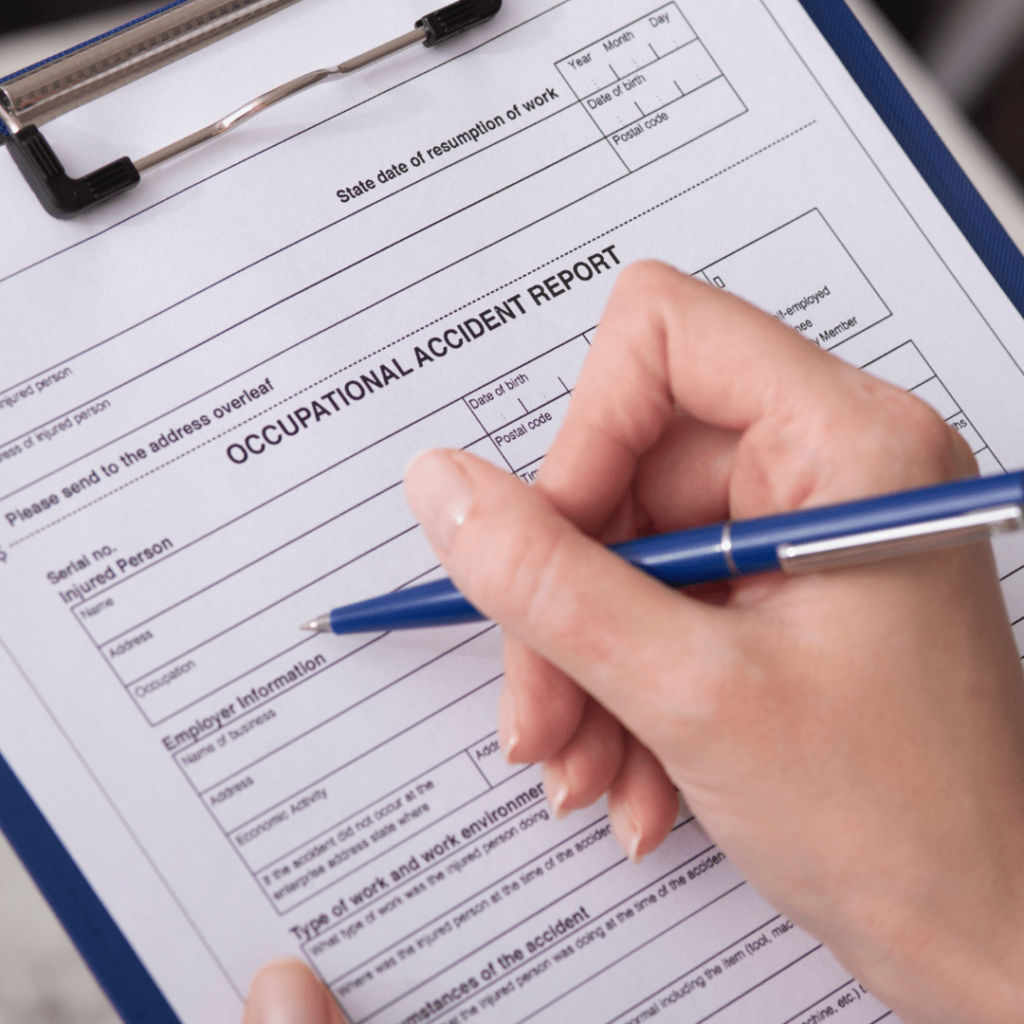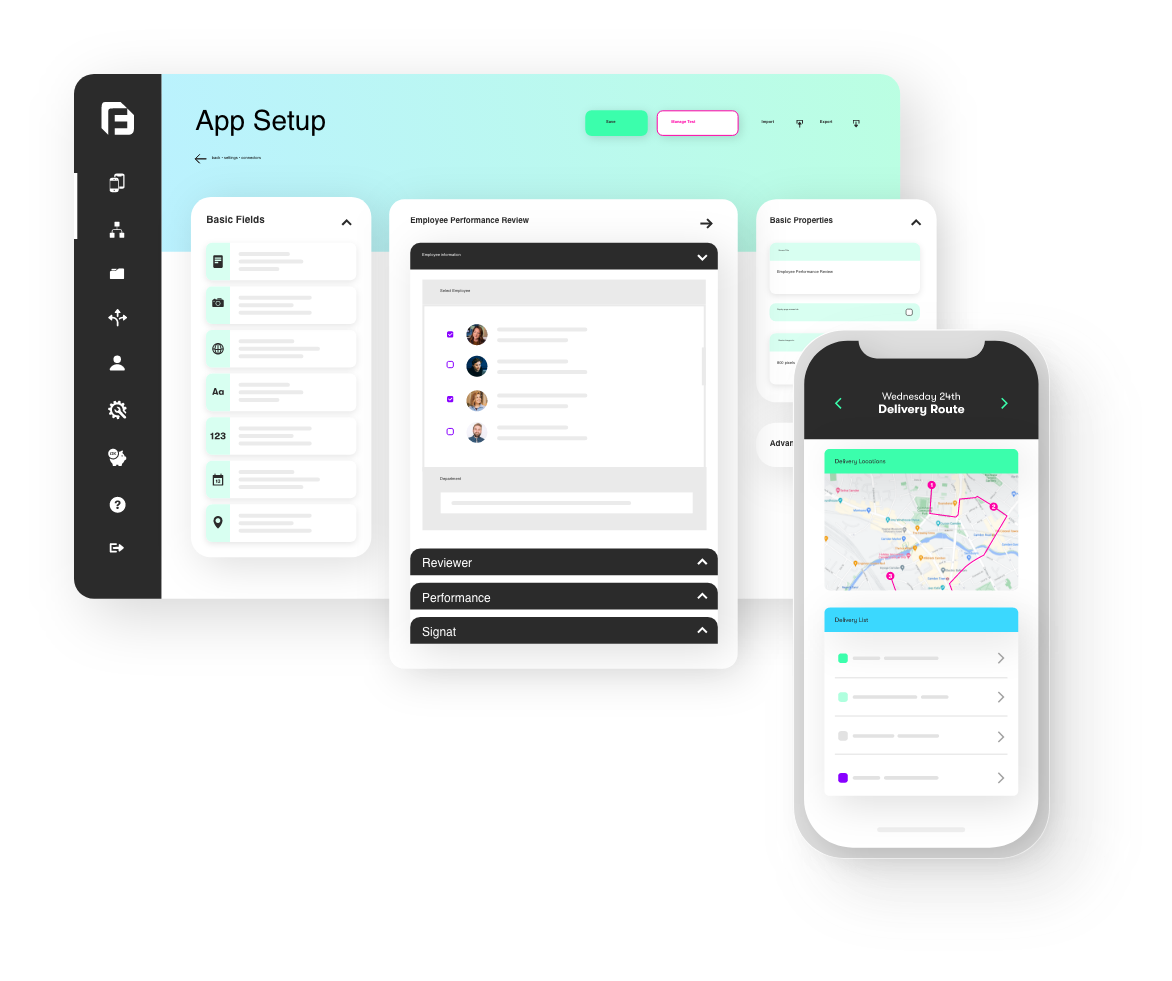In any workplace, incidents can happen unexpectedly, and documenting them accurately is crucial.
An incident report is a formal document that captures the details of an unexpected event, such as accidents or injuries, within a workplace or other setting.
This document includes crucial elements like the date, time, and location of the incident, the individuals involved, a description of what transpired, and any resulting actions or consequences.
Thorough documentation aids investigations into the root causes and contributing factors of incidents. It highlights any safety or operational policies that were violated, revealing if protocols were not followed or overlooked.
Using an incident report helps inform subsequent actions aimed at preventing similar occurrences in the future.
It provides management with insights to improve processes, training, equipment, and facilities, ultimately contributing to a safer workplace.
This report acts as a reference for compliance, protection against liability, and fostering accurate reporting.
By following a standardised template, you can streamline the reporting process and ensure that all relevant information is recorded promptly and accurately.
Incident Report Format Sample
Download PDF Digitise this report
Workplace Incident Report
Date of Report:
Incident Date and Time:
Location of Incident:
Reporter’s Name and Contact Information:
Incident Details
Type of Incident: Specify the type (e.g., workplace injury, illness, near miss)
Description of the Incident: Provide a detailed account of the events, outlining the sequence of actions leading to the incident.
Cause of the Incident: If known, describe contributing factors or causes.
Persons Involved
Name(s) of Individuals Involved: Include job titles if applicable.
Witnesses: List names and contact information of witnesses.
Injuries/Damages
Description of Injuries: Document the nature and extent of injuries along with any medical treatments administered.
Property Damage: Note affected items and their current condition.
How to Write an Incident Report
Writing an effective incident report requires a methodical approach. Follow these steps to ensure completeness and accuracy in your documentation.
Step 1: Gather Information
Collect all essential details about the incident. Note the date, time, and specific location where the event occurred.
Include the names, roles, and contact information of everyone involved, including witnesses.
Document the environment and any relevant factors contributing to the incident.
Highlight affected individuals, their job titles, and any injuries or near misses they experienced.
This comprehensive data forms the foundation of your report.
Step 2: Detail the Incident
Provide a clear and factual account of what happened.
Describe the sequence of events leading up to the incident, ensuring you maintain objectivity throughout.
Stick to the facts without making assumptions or attributing blame. For instance, rather than stating, “The employee was reckless,” you should state, “The employee slipped on a wet floor.”
Record any equipment or materials involved in the incident, including their manufacturer and model.
This detailed description aids in understanding the incident thoroughly.
Step 3: Review and Edit
After drafting the report, review it for clarity and accuracy.
Confirm all relevant information is included and check for any errors in spelling or grammar.
Ensure the report aligns with your organisation’s guidelines for incident reporting.
Edit for conciseness, ensuring each statement adds value to the report.
A well-edited report enhances comprehension and provides a reliable reference for future analysis and actions.
Key Elements of an Incident Report
An effective incident report includes several key components to capture essential information accurately. The following sections outline these fundamental elements.
Fundamental Information
Date and Time of the Incident
Specify the exact date and time when the incident occurred. Accurate timestamps support chronology and contextual understanding.
Location
Provide a detailed account of the location where the incident took place, including specific landmarks or environments affecting the situation.
Name and Contact Details
Include full names and contact details of all involved parties. This information allows for follow-up communication and investigation.
Type of Incident
Classify the incident type, such as injury, near miss, property damage, or others.
This categorisation helps in analysing incident patterns for prevention measures.
Description of the Incident
Narrative Description
Present a clear and detailed narrative of the events leading up to, during, and after the incident.
Address key questions: Who was involved? What exactly occurred? Where and when did it happen? Why did it happen? How did the events unfold?
This structured format clarifies the sequence of events and aids in effective analysis.
Injuries and Damages
Injuries
Document any injuries sustained by individuals involved, noting the severity and type.
This detail is crucial for assessing the incident’s impact and for any necessary medical follow-up.
Damages
Highlight property or equipment damages resulting from the incident.
Specify the extent of damages and any immediate actions taken to mitigate risks.
Witness Statements
Witness Accounts
Collect statements from witnesses, ensuring to include their full names and contact information.
These accounts provide valuable perspectives and can corroborate the details of the incident, enhancing the report’s integrity.
Don’t risk Health and Safety on a Piece of Paper
Filing an incident report shouldn’t mean sifting through stacks of paperwork or struggling to read rushed handwriting.
With a digital system, reporting becomes faster, clearer, and more reliable.
A digital incident report allows teams to log details instantly, ensuring no critical information is lost.
Photos, timestamps, and signatures can be captured on the spot, creating an accurate record of events.
With real-time updates, managers can take immediate action, reducing response times and preventing future incidents.
Staying compliant is easier, too.
Digital reports ensure every required field is completed before submission, eliminating incomplete or inconsistent records.
And because everything is stored securely in one place, retrieving past reports takes seconds – not hours.
No missing paperwork, no delays – just a streamlined, efficient process that helps you focus on what really matters: keeping your workplace safe.


